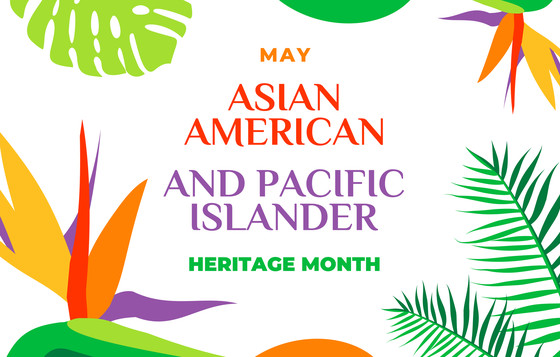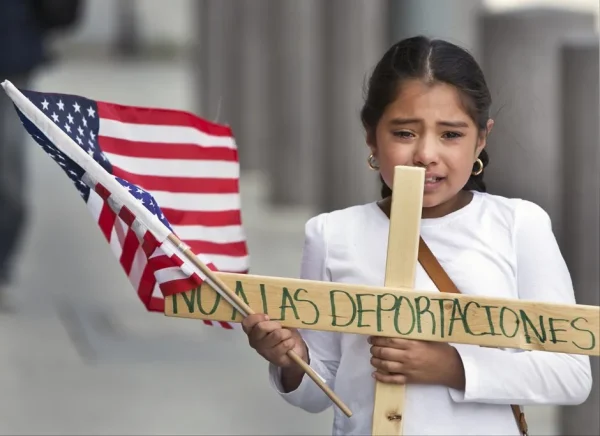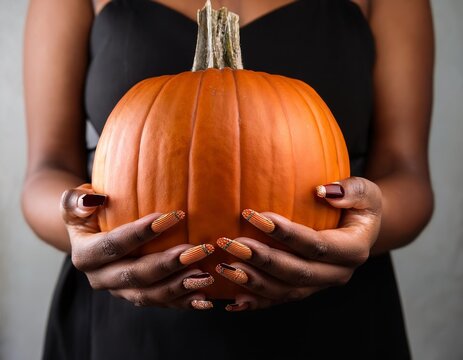The Futility of Foreignness

Anti-Asian discrimination is experiencing an influx. According to California State University San Bernardino, when reviewing hate crimes in America’s 16 most populated cities: “while such crimes [hate crimes] in 2020 decreased overall by 7 percent, those targeting Asian people rose by nearly 150 percent.” (NBC, Anti-Asian hate crimes increased by nearly 150% in 2020, mostly in N.Y. and L.A., new report says)
In large part, this is due to the divisive rhetoric that surrounded Asians with CoVID-19’s emergence. The harmful ideas and conversation isolated the people and fanned the flames of foreign hatred. By creating an “us-them” perspective (that nurtured exclusion and scapegoating), an environment was fostered in which Asians were constantly attacked.
Though, this particular behavior is nothing new. Tragically, the derogatory racism around Asians has been normalized and casted into the grooves of society (See: The Chinese Exclusion Act). It manifests in several ways, with an obsession with the culture (its food, traditions, art, etc.) being enabled into normalcy as well. All of these behaviors are based on this idea of foreignness— or more specifically, the way Asians are “different” to other people.
Personal difference crosses the line of individuality (into foreignness) when the individualistic traits beget novelty or exclusion. It celebrates/insults not every person’s contrast to each other, but rather, the small things that make that specific individual different (from their adjacent). Though this may seem innocent, that feeling of being “out-of-place” directly hurts people: “According to Eisenberger, Lieberman, and Williams… research shows that isolation activates the dorsal anterior cingulate and the anterior insula, the same areas of the brain that light up as a result of physical pain.” (Psychology Today, The Pain of Ostracization: The Bully’s Silent Weapon). As the article goes on to describe, exclusion is a tool that oppressors use to inflict pain without getting their hands dirty. But that all starts with recognizing another’s foreignness.
In general, foreignness and responsibility are almost inextricable from the Asian-American identity. From an outside lens, these people are too “different” to partake in the culture of their homeland or the culture of their birth/citizen land. Often, assimilation is a huge burden in the Asian-American experience and failure to do so goes hand in hand with ostracization.
These feelings of obligation and duty are further consolidated by the sacrificial culture that takes place in Asian America. In a New Yorker article, Asian-American Elaine’s life is summed up perfectly: “Elaine’s life becomes a way of fulfilling, or justifying, her parents’ sacrifice—though she doesn’t consciously realize that she is seeking an impossible kind of comeuppance on their behalf.”(The New Yorker, The Stories We Tell, And Don’t Tell, about Asian-American lives) Elaine is a symbol for many children of Asian immigrants with her parents’ sacrifice being their immigration. It all develops into an inner-struggle: reconciling one’s personal ambitions and interests with one’s responsibility to society, family, and friends. The feeling of Asian foreignness, thus, strengthens this environment because the initial unhappiness comes from the parents and their pain is derived from feeling foreign or missing family.
Essentially, due to the societal differences between Eastern and Western cultures, Asian Americans find themselves in a cultural gray. Their foreignness is based in external and internal perception which results in guilt, pain, and depression.
The solution, then, is found in the structure of American society. It’s more complicated than just ignoring the ways Asians are different from others. The solution is recognizing the beauty and difference in everyone’s culture. No one group of people should be exalted or condemned for their difference. Asians can’t rework their identity to fit into the American mold because they belong to several cultures that stress similarity. Therefore, the American mold must fit them instead.
On an individual scale, the solution means supporting Asian art, practices, and traditions. It means trying to understand their experience without glorifying or demonizing it. On a societal scale, the solution lies in marketing and stories. That means more Asian American visibility and conversation.
Ultimately, the Asian American experience is always going to be different from the experience of other races. After all, differences are found everywhere. But, it shouldn’t be seen as bad– difference is the most reliable similarity in the American identity.




